Preparing for compliance with the Lead and Copper Rule Revisions and Lead and Copper Rule Improvements
Garver can help you navigate changing LCRR and LCRI requirements, setting you on the right path to compliance
The United States Environmental Protection Agency (USEPA) published the Lead and Copper Rule (LCR) in 1991 to reduce lead exposure from drinking water. Since then, the need for changes to the LCR has become increasingly clear within the drinking water industry, due in part to highly publicized lead crises like Flint, Michigan. In the late 2010s, the USEPA developed the Lead and Copper Rule Revisions (LCRR), which became effective in 2021, with a compliance date of October 16, 2024.
Although health protections in the LCRR were an improvement over the LCR, the USEPA announced that a new rule, the Lead and Copper Rule Improvements (LCRI), was being developed to further increase protections.
On November 30, 2023, the USEPA released the proposed LCRI, which they intend to finalize before the LCRR compliance date. The proposed LCRI suggests USEPA will maintain certain LCRR provisions but change other requirements and compliance deadlines. Here, we’ll discuss the two rules and actions water systems can take to efficiently prepare for compliance.
The USEPA's Lead and Copper Rules
The LCRR introduced a lead trigger level of 0.010 mg/L while maintaining the lead and copper action levels (0.015 mg/L and 1.3 mg/L, respectively). The proposed LCRI eliminates the lead trigger level but lowers the lead action level to 0.010 mg/L.
The LCRR required water systems to develop initial service line inventories (SLIs) based on historical records review and submit them to the state by the LCRR compliance date. The proposed LCRI maintains that requirement and adds a new one for updating the SLI to include connector materials and submitting it to the state on the LCRI compliance date. It also institutes a timeline for identifying the materials of any lead status unknown (unknown) service lines and verifying some service lines classified as non-lead.
For water systems with lead, galvanized requiring replacement (GRR), or unknown service lines, the LCRR requires service line replacement (SLR) plans by the LCRR compliance date and SLR upon lead trigger or action level exceedances.
The proposed LCRI postpones the deadline for submitting SLR plans to the LCRI compliance date but adds a legal review component related to water systems’ abilities to replace/pay for replacement of privately owned service lines. Importantly, the proposed LCRI requires water systems to complete full replacement of all lead and GRR service lines within 10 years of the LCRI compliance date.
Like the LCRR, the proposed LCRI requires water systems to provide pitcher filters or point-of-use devices and six months of replacement cartridges to consumers following replacement of lead or GRR service lines. It’s also a requirement following water system activities that disturb lead, GRR, or unknown service lines; e.g., shutting off or bypassing service line(s).
The LCR, LCRR, and proposed LCRI require water systems to collect tap samples from sites with specific service line and/or premise plumbing materials and take corrective actions if 90th percentile samples exceed an action level.
The LCRR revised the sampling site classification “tier” structure to prioritize sites with lead service lines and modified sampling procedures. The proposed LCRI adds sites with lead-containing premise plumbing to the highest-priority tiers.
Additionally, the proposed LCRI modifies sampling procedures, requiring measurement of lead in first- and fifth-liter samples at sites with lead service lines. The proposed LCRI’s updated sampling requirements may increase detection of high lead levels, and the lower lead action level may prompt corrosion control treatment for more water systems.
The LCRR introduced requirements for sampling in schools and licensed childcare facilities. The proposed LCRI maintains these requirements but postpones their implementation. In short, 20% of elementary and middle schools and licensed childcare facilities must be sampled for lead each year for the first five years following the LCRI compliance date. States may issue waivers for water systems with existing sampling programs meeting certain criteria.
Under the LCRR, water systems must notify customers served by lead, GRR, or unknown service lines of potential health risks and SLR opportunities. Additionally, water systems must notify the public within 24 hours of learning of a lead action level exceedance. The proposed LCRI maintains these public notification requirements but shifts the compliance date for many other communications to the LCRI compliance date.
How Garver is Helping Communities
Garver is currently working with water systems in Arkansas, Georgia, North Carolina, and Texas to develop and implement customized compliance programs.
We begin by selecting a SLI platform – a GIS database or Excel spreadsheet. GIS software vendors and states have developed SLI templates, but these typically require modifications to track sources used for service line and connector materials classifications – particularly when predictive modeling is needed due to large numbers of unknown service lines.
Water systems typically encounter service lines in the field during normal operations and construction activities. We recommend they immediately begin taking these opportunities to classify service line and connector materials.
We recommend water systems complete as much of the SLI as possible by the LCRR compliance date and develop a plan for classifying remaining unknown service lines to meet the proposed LCRI’s SLR plan requirements.
When water systems identify lead and GRR service lines, we help them proactively develop and implement additional SLR plan components, such as replacement procedures and customer communication plans. It’s also important to consider contracting and funding opportunities to replace customer-owned service lines, and our funding specialists help water systems apply for grants and loans to address these needs.
The LCRI will increase use of pitcher filters and point-of-use devices, potentially leading to supply chain issues. Water systems with lead, GRR, and unknown service lines should plan for procuring and distributing pitcher filters or point-of-use devices that are certified to reduce lead by an American National Standards Institute (ANSI)-accredited organization.
Water quality is also a consideration, and we are helping water systems identify risk factors for increased lead release and operational or capital improvements to alleviate those risks. We expect more water systems will need to conduct corrosion studies as new sampling procedures uncover higher lead levels.
Garver can help you navigate changing LCRR and LCRI requirements, setting you on the right path to compliance.



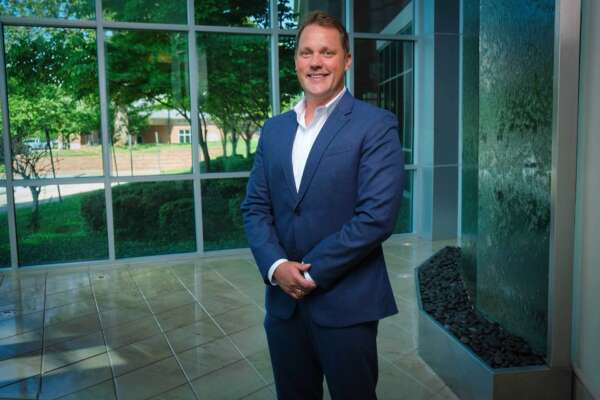
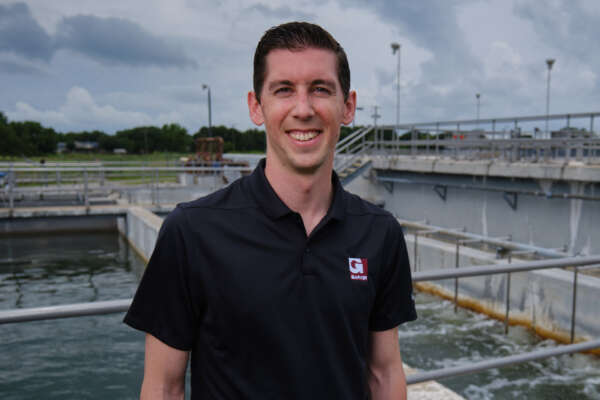
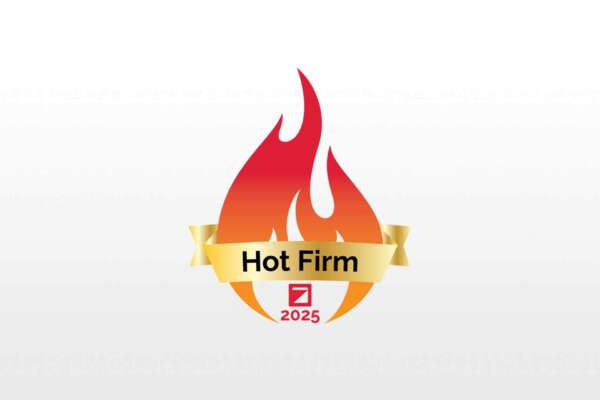
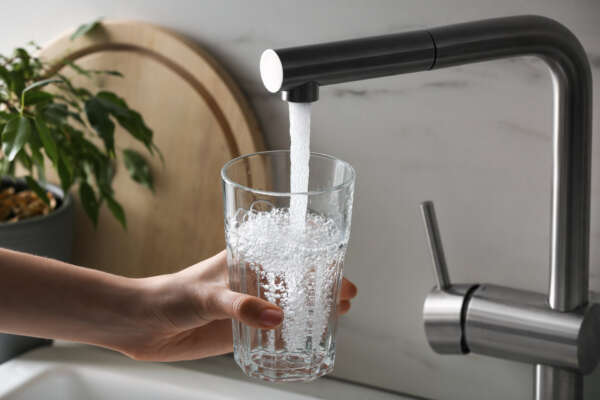
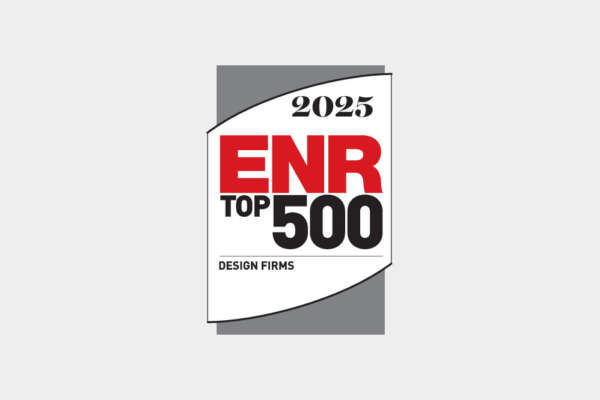

Share this article